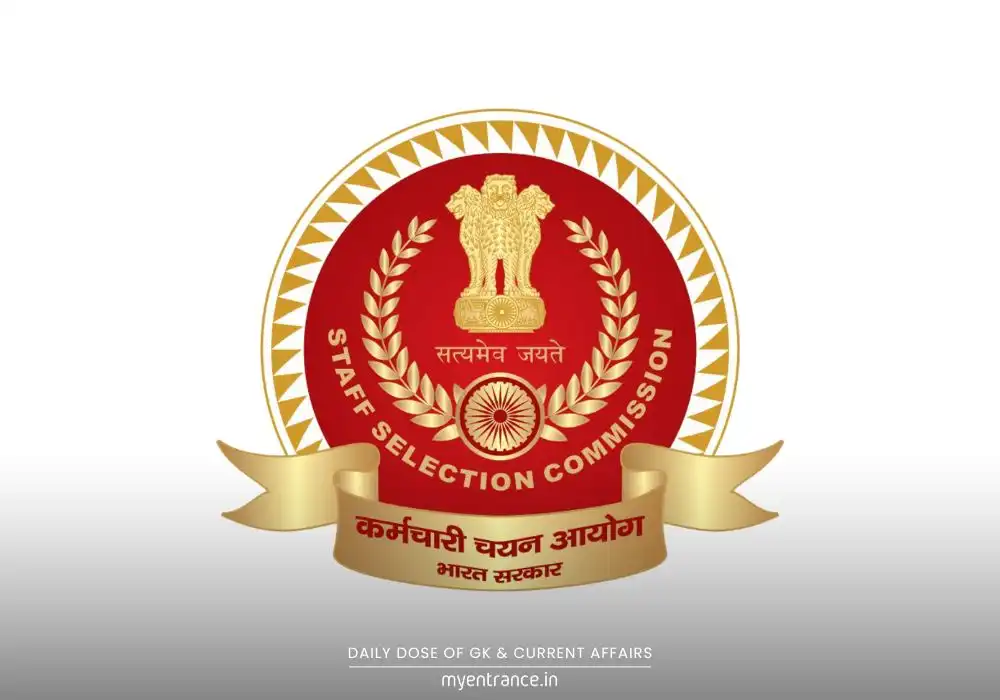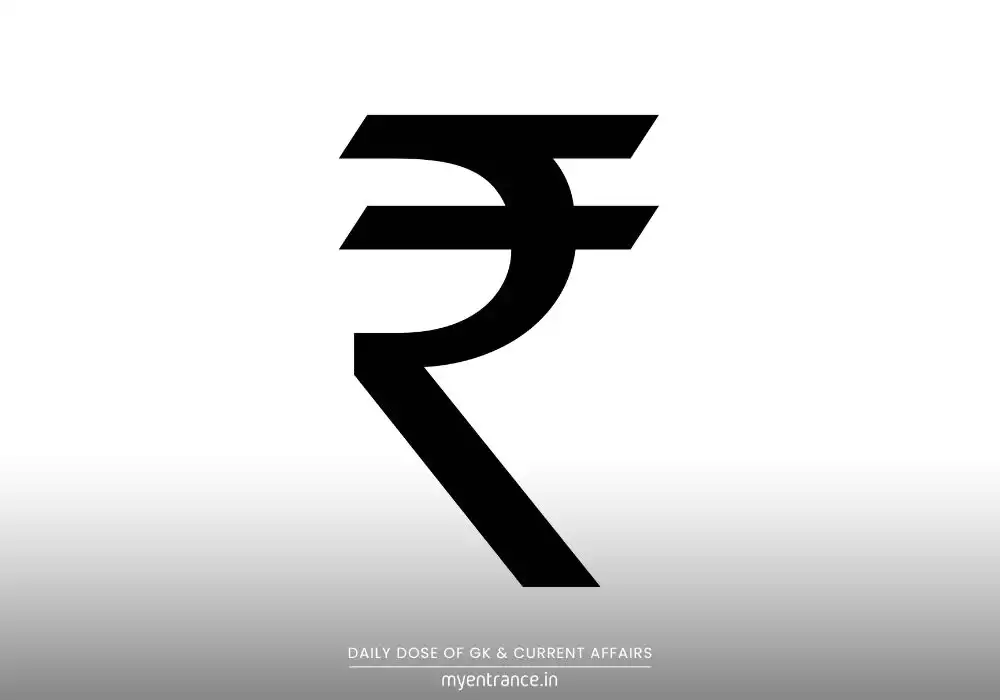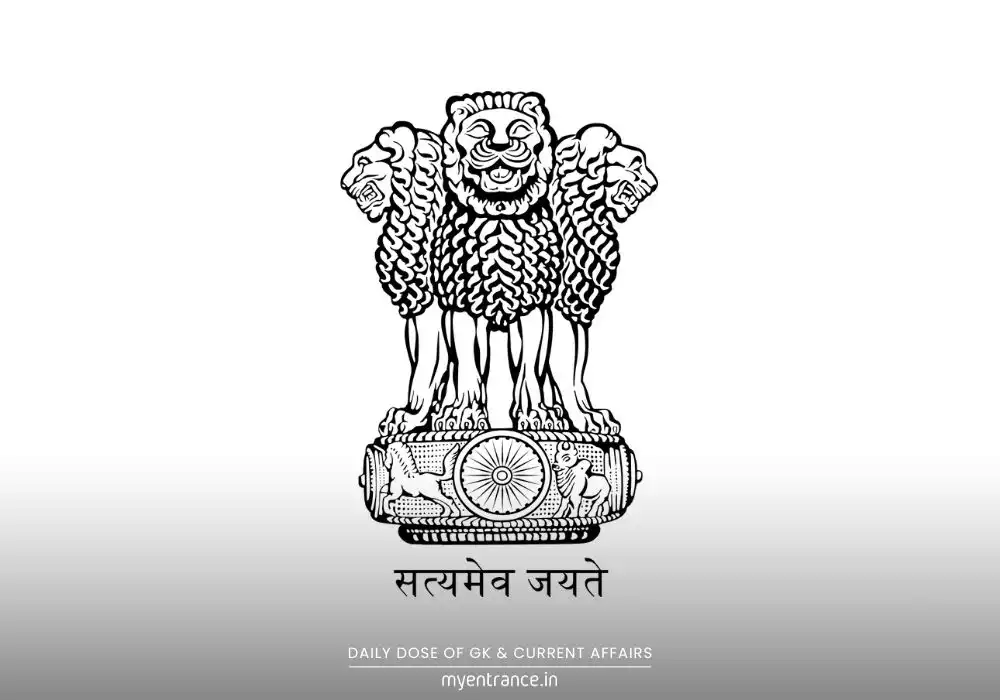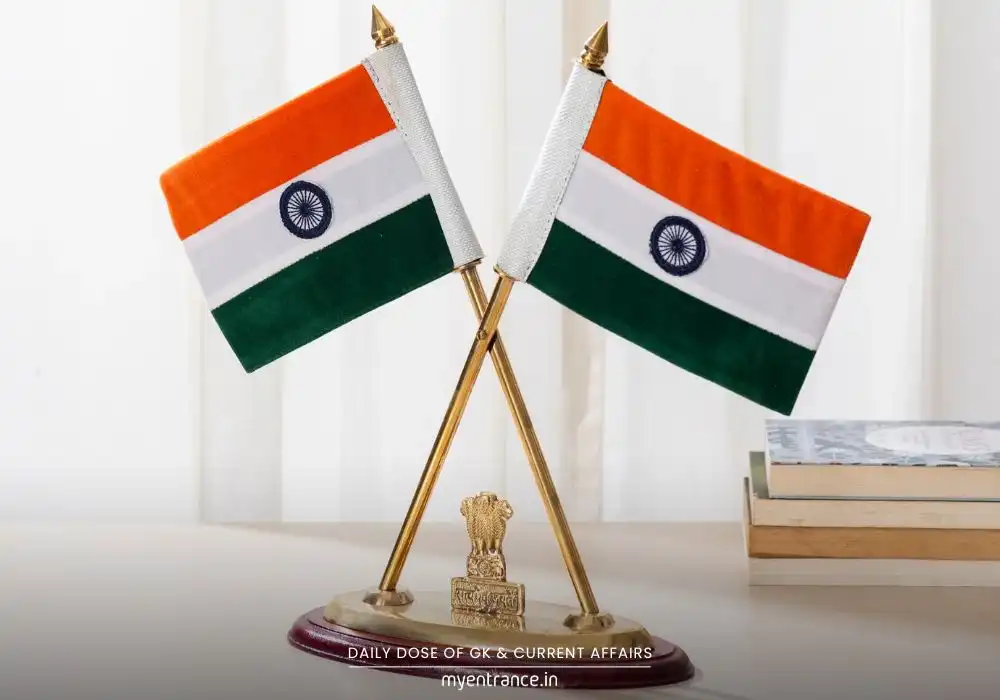Translate Language
India-UK CETA Opens 99% Duty-Free Exports For India
The India-UK Comprehensive Economic and Trade Agreement (CETA) marks a historic shift in India’s trade diplomacy. This deep-dive analysis unpacks its strategic clauses, economic implications, and global context. For exam aspirants, mastering this topic is non-negotiable.
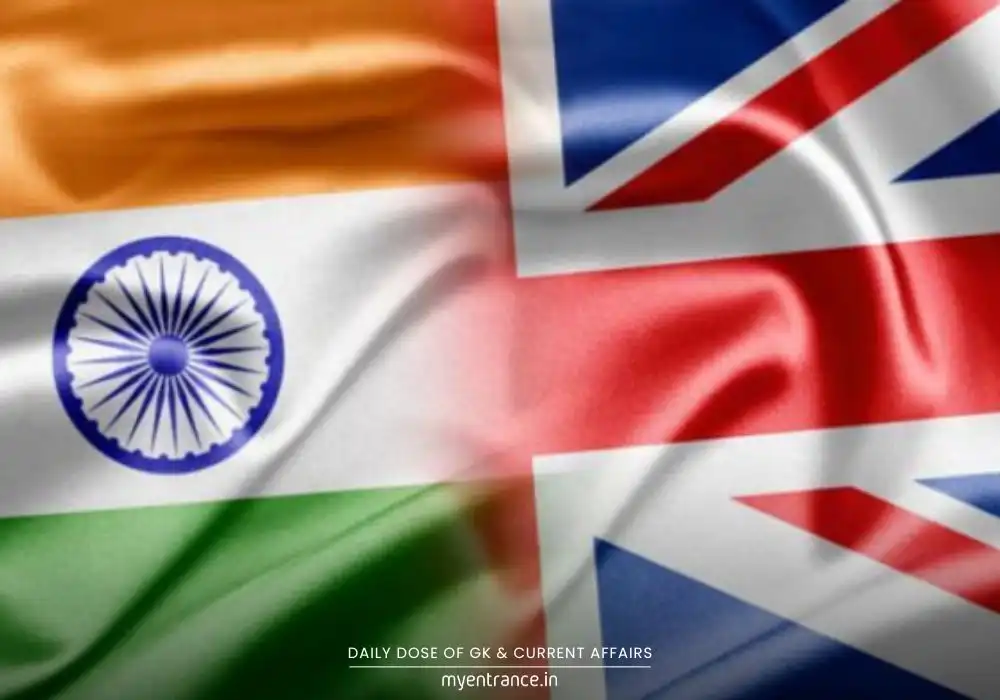
What is India-UK CETA?
The India-UK Comprehensive Economic and Trade Agreement (CETA) is a landmark bilateral pact signed during PM Modi’s UK visit. Unlike basic FTAs, CETA harmonizes policies beyond WTO mandates—covering goods, services, investment, and intellectual property. It’s India’s first “comprehensive” agreement with a Western economy, setting a template for future deals (e.g., with the EU).
Why Agriculture and Dairy Were Excluded
India shielded these sensitive sectors to protect domestic farmers and self-reliance goals (“Amul model”). The UK’s industrialized farming could disrupt India’s rural economy—making this exemption a strategic safeguard.
Double Contributions Convention (DCC) Simplified
The DCC prevents professionals (IT, healthcare, engineers) from paying dual social security taxes when working temporarily in the UK. Example: An Indian software engineer on a 2-year UK project pays social security only in one country. This boosts mobility for 17,000+ Indian service workers annually.
Scotch Whiskey Duty Cuts: The Balancing Act
India agreed to reduce tariffs on UK Scotch whiskey over 10 years. Why? To secure UK market access for Indian textiles, gems, and auto parts. This mirrors India’s strategy: liberalize selectively to protect revenue interests while boosting labor-intensive exports.
CETA’s 5 Strategic Breakthroughs
Jobs & MSMEs: 99% of Indian exports (textiles, marine products, toys) enter UK duty-free. Targets ₹1 lakh crore+ exports by 2030.
Services Boom: Easier visas for Indian professionals in IT, finance, and healthcare. (UK received $19.8B in Indian services in 2023).
Smart Protectionism: India opened 91% of tariff lines but shielded “sensitive sectors” (e.g., electronics manufacturing).
E-Commerce Boost: Small consignments (<£1,000) skip origin paperwork—helping artisans and startups.
Rules of Origin: Exporters self-certify product origins (no bureaucratic delays).
Global Context: Why CETA Matters
As WTO relevance declines, India is betting on bilateral deals. The US retreat from multilateral trade (since 2008) forced this pivot. CETA positions India as a rule-shaper—not just a rule-taker—in global trade.
Why This Matters for Exams
For UPSC/PSC/KAS Mains:
GS Paper II: Analyze how CETA affects India’s “bilateral groupings” strategy vs. protectionism.
Essay Topic: Link CETA to “Atmanirbhar Bharat” or “Trade in a Post-WTO World”.
For Prelims (SSC/UPSC):
Expect MCQs on:
DCC’s purpose (social security avoidance).
% of duty-free Indian exports to UK (99%).
Sectors excluded from CETA (agriculture/dairy).
For NIFT/NID:
Focus on how tariff cuts impact India’s textile/design exports. (UK is India’s 4th-largest textile buyer).
Exam Tips:
“Connect CETA to macro-trends: deglobalization, India’s FTA push with EU/Canada, and MSME growth. Use data: e.g., ‘91% of UK exports covered’ or ‘$19.8B services trade’.”
Key Takeaway for Aspirants:
CETA isn’t just about trade—it’s a case study in India’s geopolitical agility. It balances economic openness with strategic sovereignty, making it a must-know for essays, interviews, and MCQs. Revise the DCC, tariff red lines, and job-creation stats!
“In a fragmenting world, bilateral deals like CETA are India’s new trade anchors.”
Get 3 Months Free Access for SSC, PSC, NIFT & NID
Boost your exam prep!
Use offer code WELCOME28 to get 3 months free subscription. Start preparing today!

